Can Nail Fungus Spread To Skin? Prevention And Treatment Tips
Can Nail Fungus Spread To Skin? Prevention And Treatment Tips




Free Fast Shipping on Orders Over $60


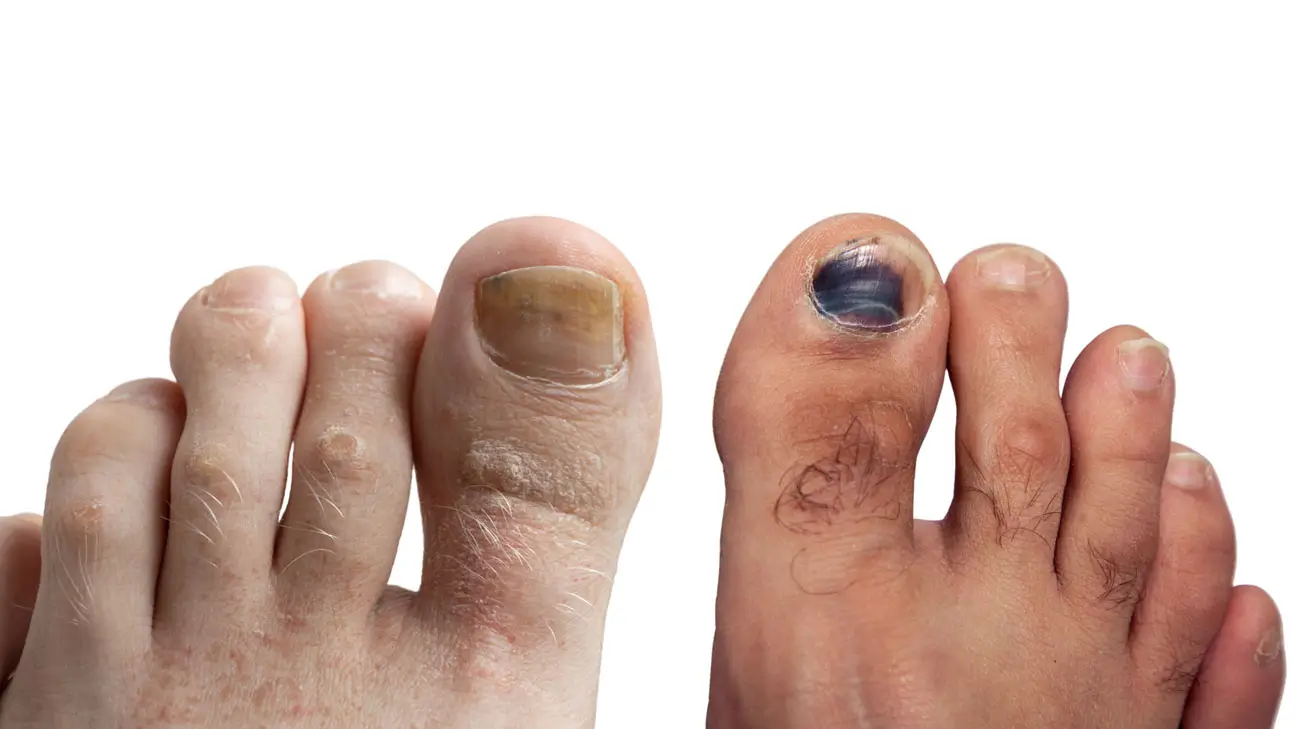

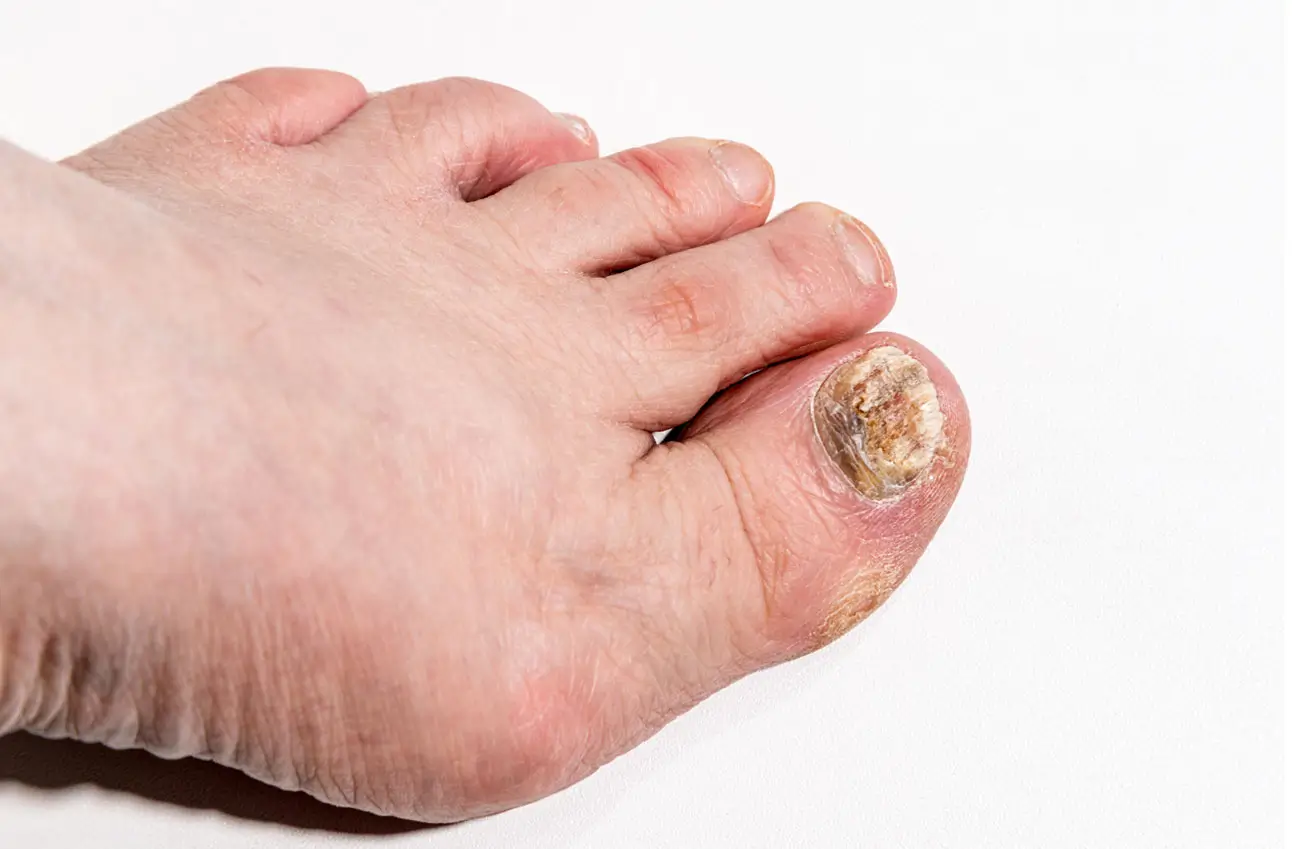

Important note: The key to a good recovery is early treatment.
Bruised toenails usually heal on their own as the nail grows out.
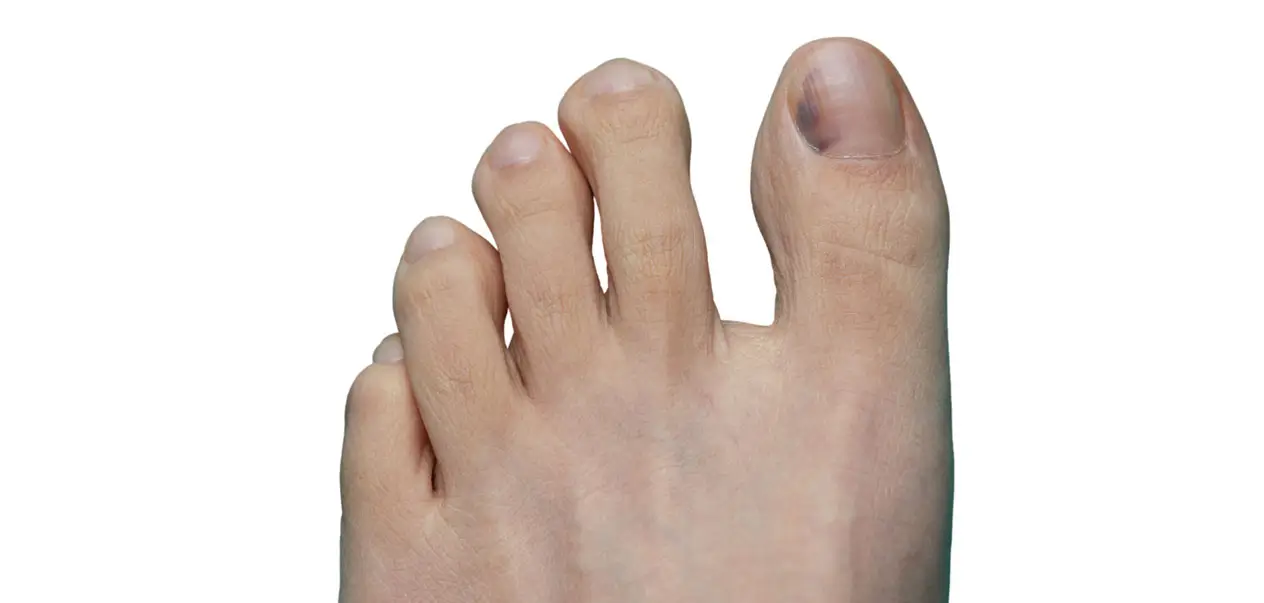

A bruised toenail usually appears suddenly, often within a day or two of an injury. The nail may turn dark red, purple, or black, and you’ll often feel pain or throbbing, especially in the first 24-48 hours. In some cases, pressure can build up under the nail, causing it to loosen or fall off.
Unlike fungal infections, a toenail bruise will grow out with the nail over time. It may gradually change color or become a yellowish shade as it heals.
Because they can both cause nail discoloration and changes in texture, it’s easy to confuse a bruise with a fungal infection. But understanding the differences between them helps you treat the issue correctly and avoid making it worse.
Use the table below to compare the most common signs of a nail bruise vs fungus:
| Feature | Nail Bruise | Nail Fungus |
|---|---|---|
| Cause | Trauma or repeated pressure (e.g. from shoes or impact) | Fungal infection due to moisture or poor hygiene |
| Color | Dark red, purple, or black under toenail | Yellow, brown, or white |
| Texture | Smooth, Normal | Thickened, crumbly |
| Smell | No odor | May have odor. |
| Pain | Often painful, especially early on | Usually painless until advanced stages of toe and finger nail fungus infection |
| Onset | Sudden, a bruised toenail appears within 1 to 2 days of injury | Slow and gradual over time |
| Progression | Fades as the nail grows out | Gets worse without toenail and fingernail fungus treatment |
| Treatment | Typically, no treatment is required unless it is too painful (in which case it could be more serious than just bruised toes) | May require an anti fungal stick or medical care |
| Timeline | Resolves within a few weeks to months | May persist long-term without a toenail fungus cure |
| Contagious? | No | Yes |
If your nails look different but don’t quite match the signs of a bruise or fungus, there could be other causes behind the change. Discoloration can happen with age, frequent polish use, underlying skin conditions, or even something as simple as a poor-fitting shoe.
Some people notice a black under toenail that isn’t painful or linked to trauma. Others develop nail thickening or yellowing without clear reason. These changes can also result from circulation issues, diabetes, or repetitive pressure.
Discolored Nails can also be caused by:
Psoriasis or eczema under the nail
Melanoma (though very rare, it can be dangerous)
Nutrient deficiencies (zinc, biotin)
Chemicals or nail polish stains.
If you’re seeing ongoing discoloration, brittle nails, or slow growth, it’s best to monitor your nail health closely. Keeping your tools clean and applying a protective product can help support recovery, even if a fungal infection isn’t the root cause.


With a strong background in engineering and a passion for creating user-focused solutions, Adrian leads the Swissker development team with precision and innovation. Over the past decade, he has helped design and refine tools that combine cutting-edge technology with everyday practicality. Adrian is dedicated to improving quality of life through well-engineered, safe, and effective solutions, backed by rigorous research and a deep understanding of user needs. When not in the lab, he stays current with emerging trends in personal care, wellness, and health-tech innovation to ensure every product meets the highest standards.
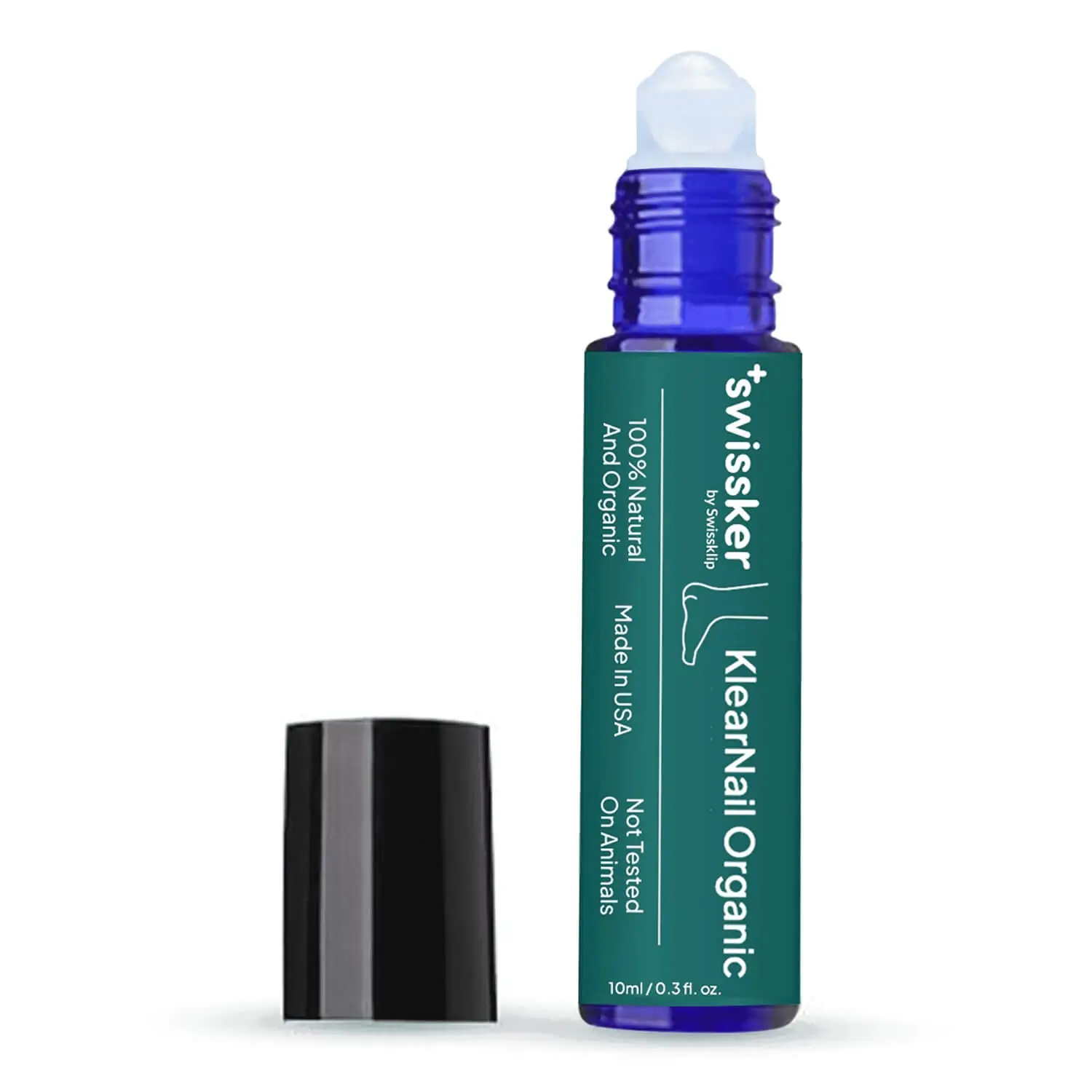

A roll-on solution that kills drug-resistant fungus on contact.
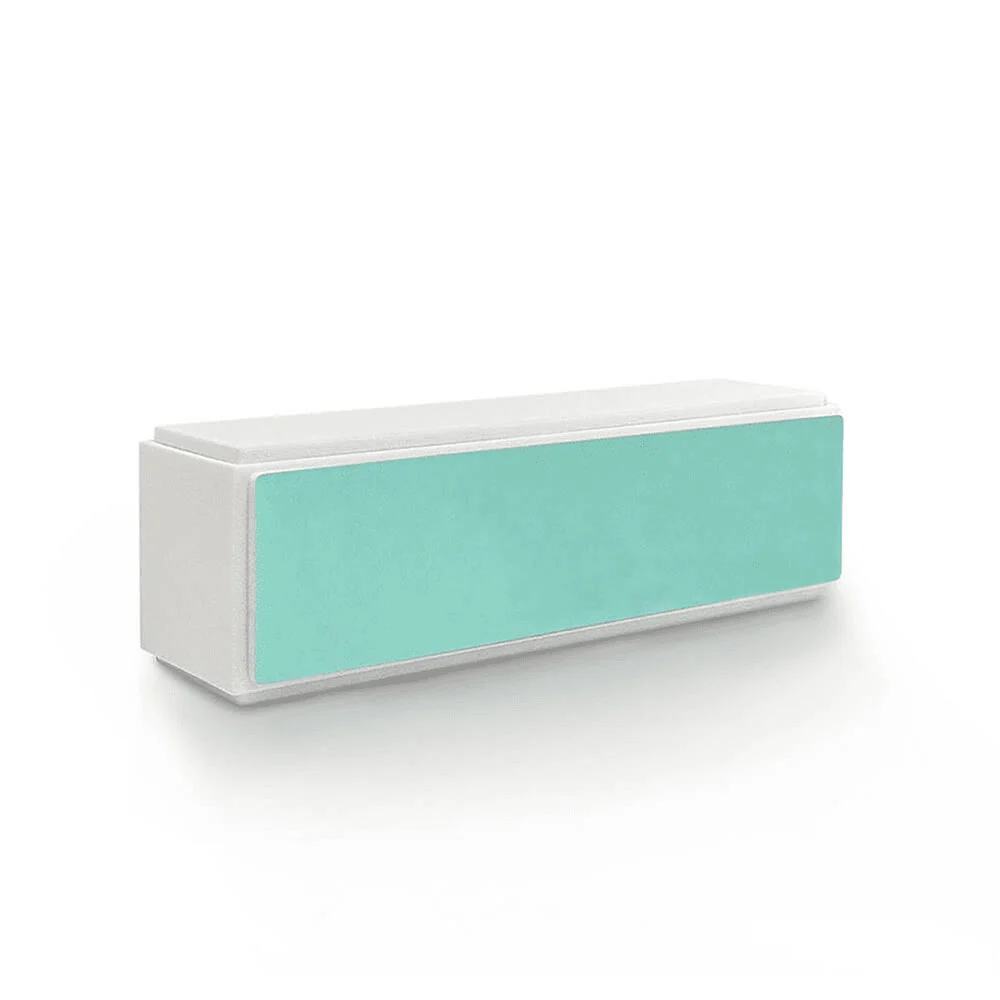

Achieve salon-quality smoothness and a dazzling natural shine
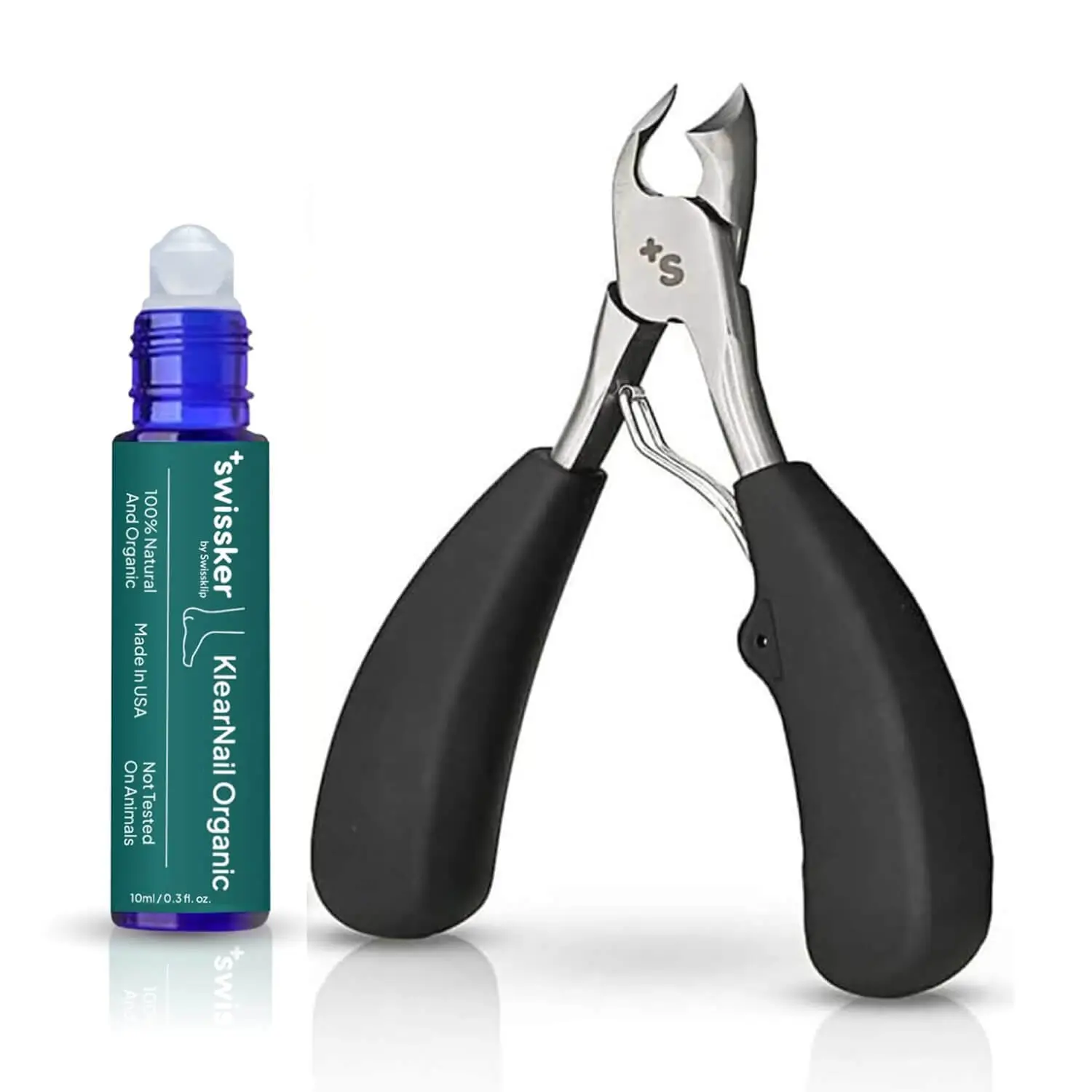

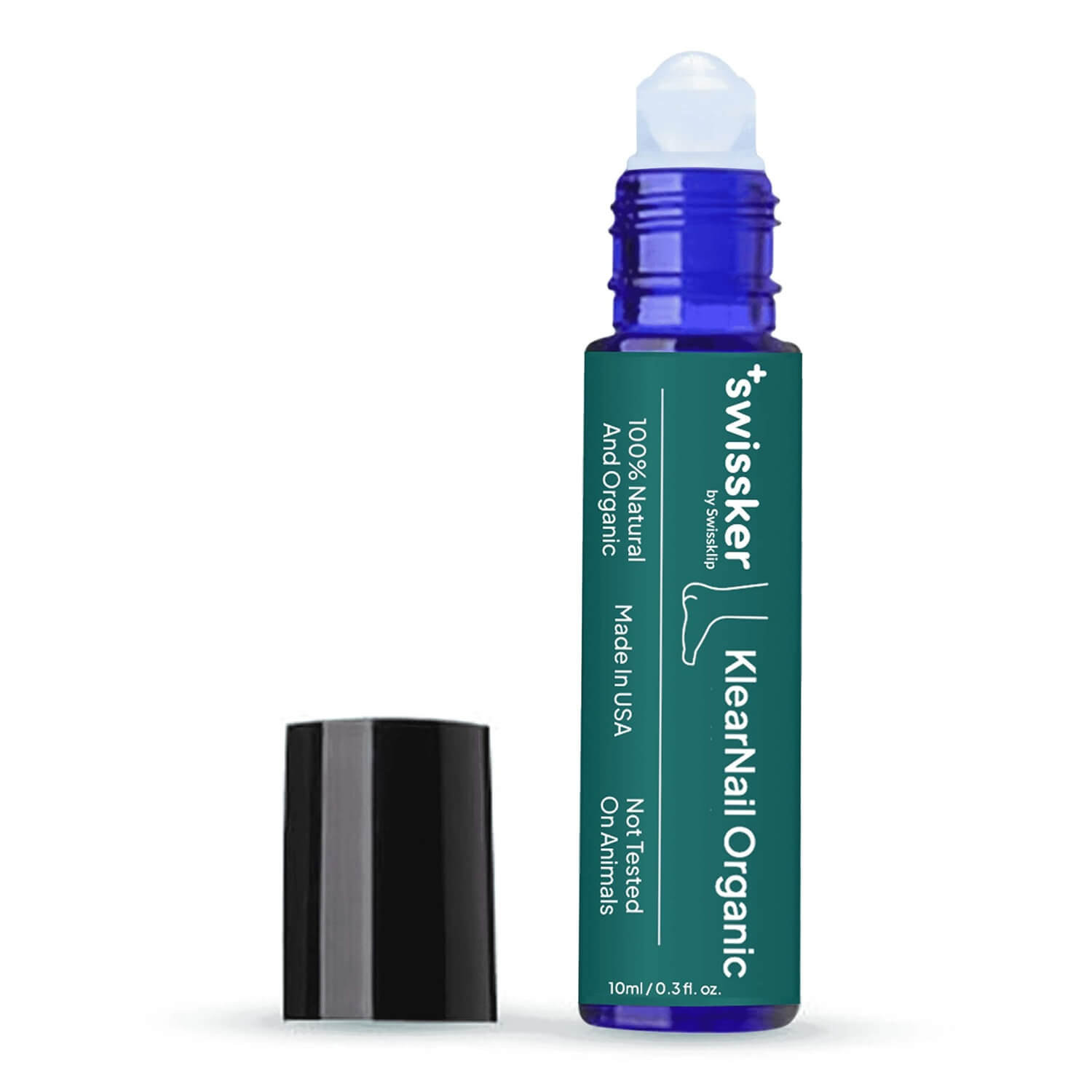

A roll-on solution that kills drug-resistant fungus on contact.
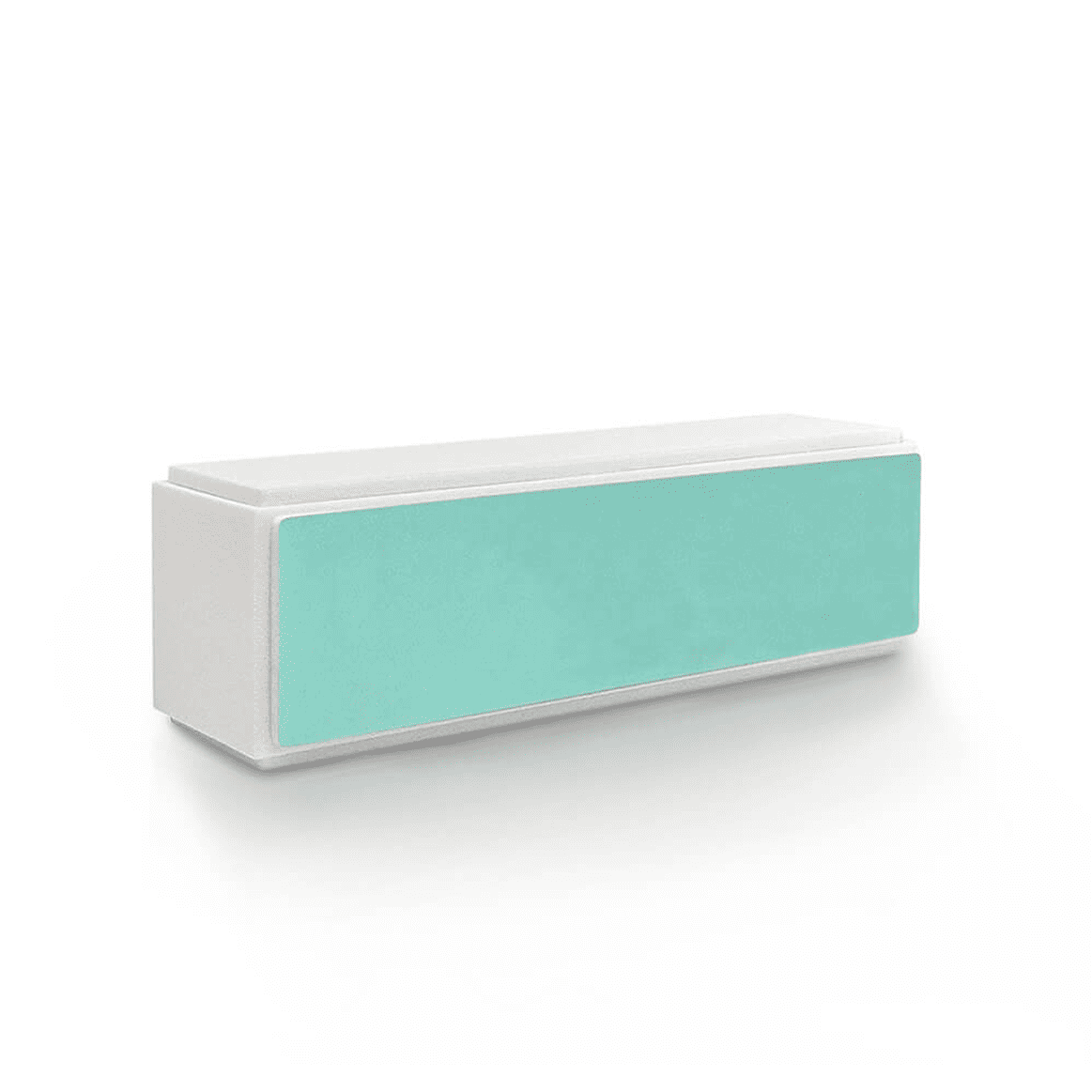

Achieve salon-quality smoothness and a dazzling natural shine
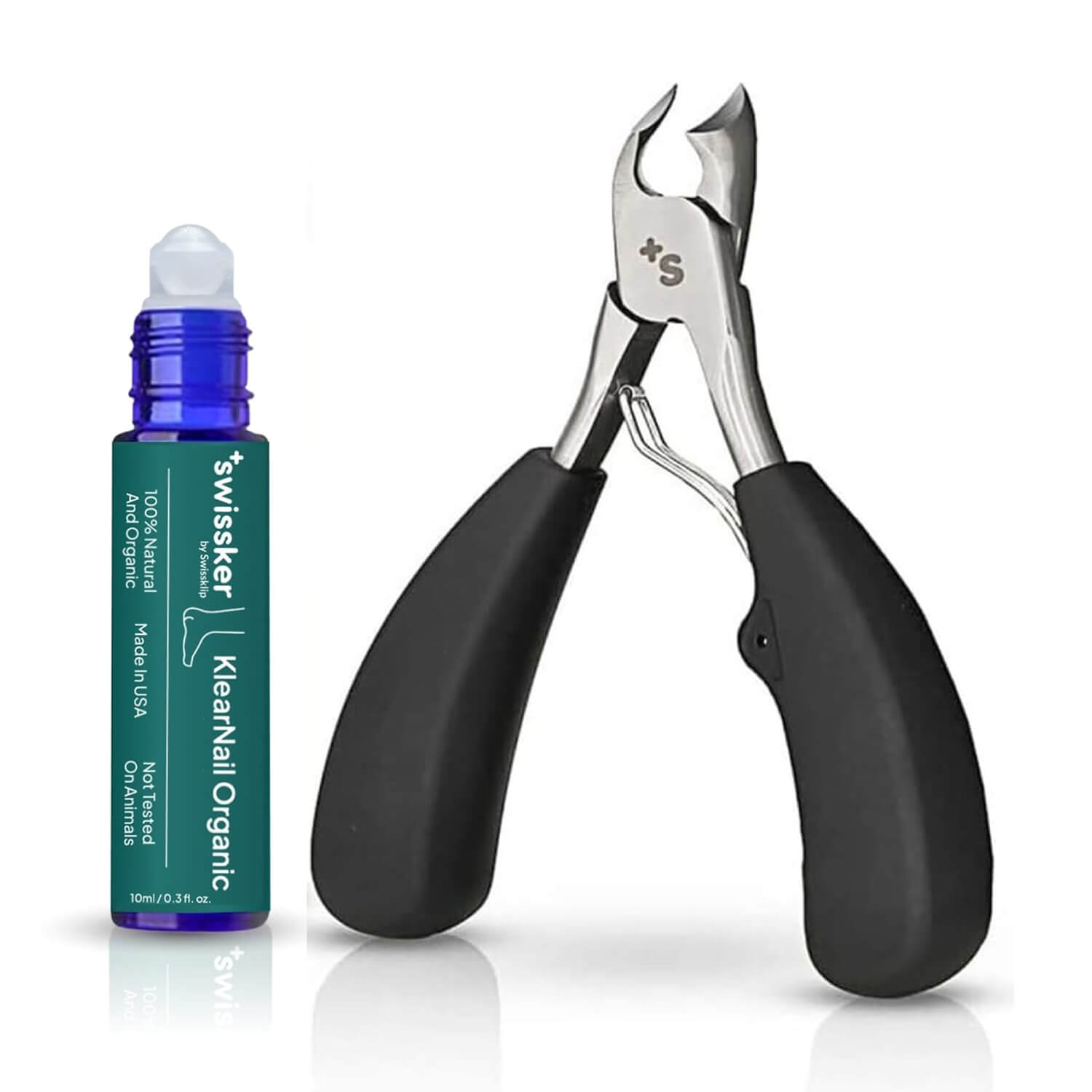

Can Nail Fungus Spread To Skin? Prevention And Treatment Tips


Everyone wants beautiful natural nails that are both strong and healthy. Discover how to make your nails stronger with these 12 essential tips
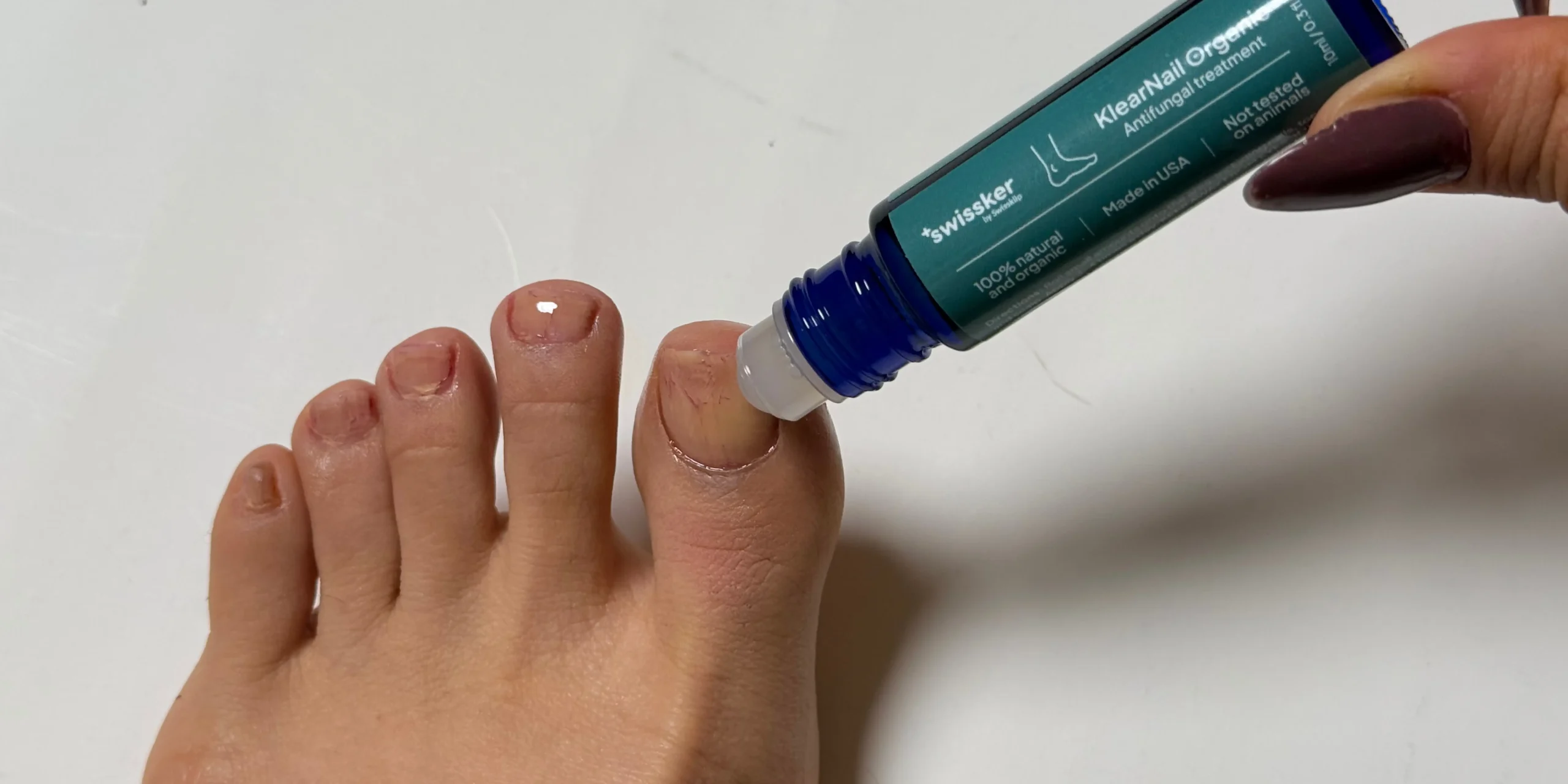

Have you ever wondered how to kill toenail fungus permanently? Find out how you can eliminate toenail fungus for good in an easy way